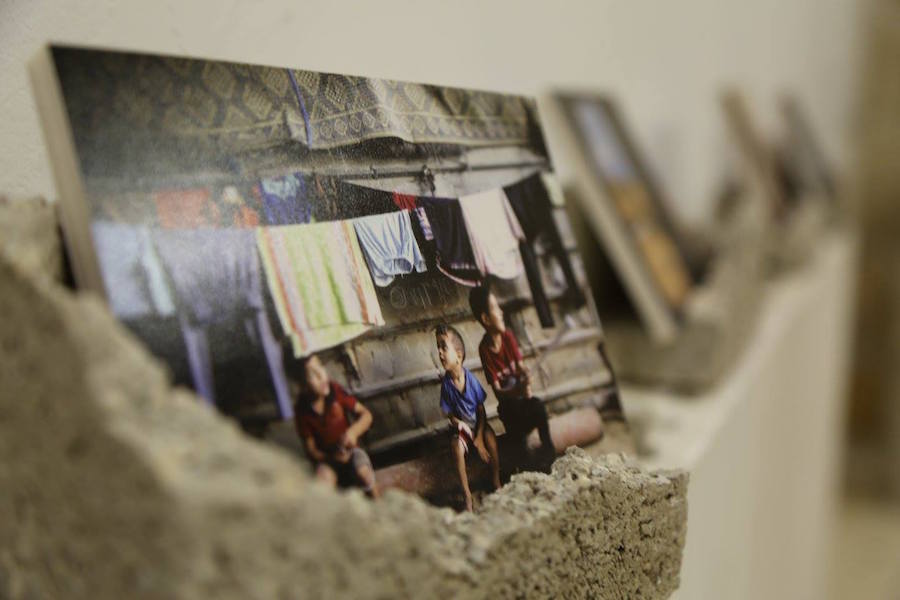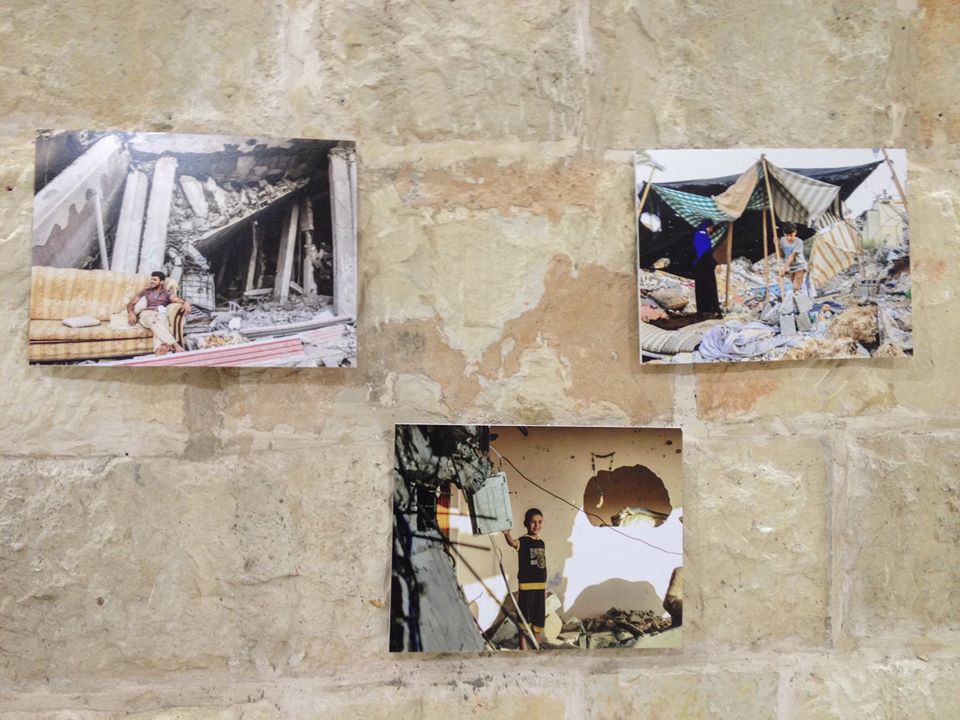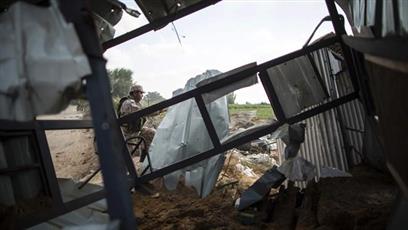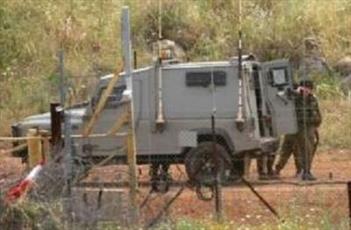Hawzah News Agency-Aid Watch Palestine (AIP) organized a photo exhibition in central Ramallah, West Bank, titled “Gaza Incomplete.” The event addressed reconstruction efforts in Gaza since the 51-day Israeli offensive against the besieged coastal enclave in the summer of 2014.
The exhibition sought to raise awareness, in the West Bank, of the severity of Gaza’s on-going humanitarian crisis since the offensive, as well as the reasons why international aid has not been successful in meaningfully slowing it. AIP hopes that doing so will change public opinion and eventually push the Palestinian and Israeli governments to change their respective – and sometimes coordinated – policies on Gaza. The event consisted of two short films and a photo exhibition.
The 2014 Israeli offensive on Gaza exacted unprecedented devastation. Israeli forces killed 2,251 Palestinians and completely destroyed 18,000 houses. It was estimated that an adequate reconstruction effort would cost $570 million and require 4 million tons of materials.
Speaking to the Alternative Information Center, AIP Media Communication Coordinator Elia Ghorbia drew attention to a primary problem hindering reconstruction efforts in Gaza: “The donor countries aren’t pledging sufficient amount of money.”
The lack of funds continues to contribute to the suffering of an entire population, leaving the 28% of Gazans who were displaced with bleak prospects of returning home. A film shown by AIP at the exhibition stated that 4,000 homes were still unrepaired from – not the 2014 offensive on Gaza – but the 2008 and 2012 Israeli attacks.
But, even if Gaza were to receive an appropriate amount of humanitarian aid to piece together the damage incurred in 2014, other obstacles persist. “We want to raise awareness not only about the suffering of people in Gaza, but also about the [Gaza Reconstruction Mechanism (GRM)] and its implications,” Ghobia added.
The GRM is a temporary agreement brokered by the United Nations (UN) between the Palestinian Authority (PA) and Israel that intends to address conflicting interests the entry of essential construction materials into Gaza in light of Israel’s decade-long blockade on the coastal enclave.
Because of the paltry entry of goods, critics see the GRM as another treaty that legitimizes and reinforces the Israeli blockade whilst undermining the livelihoods of the people of Gaza due to the imposition of a strict monitoring system that only seems to further restrict the flow of goods. Moreover, 65% of purchased construction materials that do enter Gaza come from Israeli markets, thus financially propping up the Israeli economy.
Maintaining that while “there are many internal problems which must be solved,” Ghorbia emphasized that the main solution to humanitarian disaster in Gaza is “to lift the blockade.”
Until then AIP will continue to encourage discussion of why international aid has failed to alleviate the effects of Israeli occupation in Gaza in such a way that both advocates for Gazans’ needs and insists upon the unity of Palestine.
Speaking of the parallel exhibitions, Ghorbia concluded, “it is important to make Israel aware that it cannot separate the West Bank and Gaza.”







Your Comment